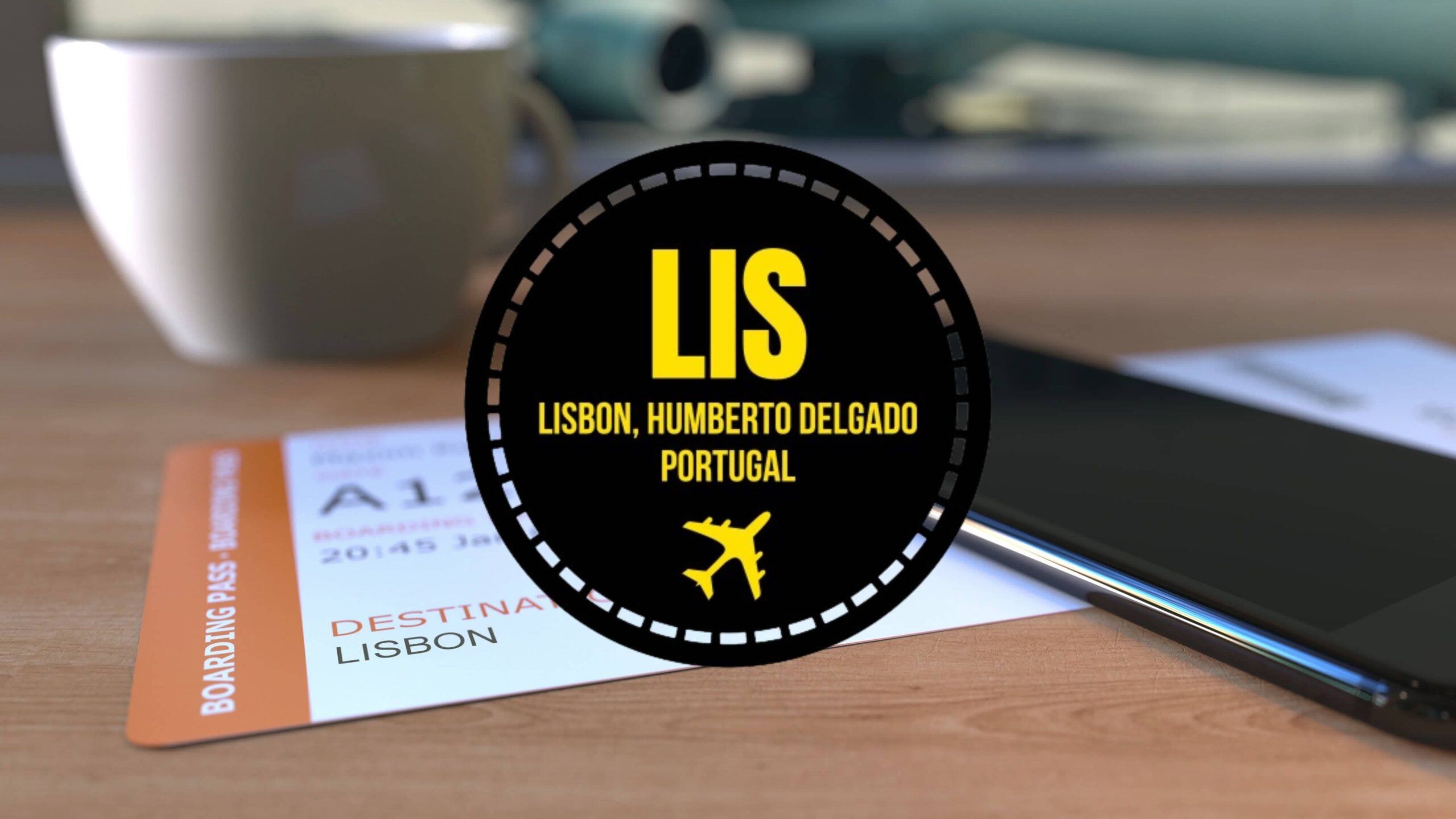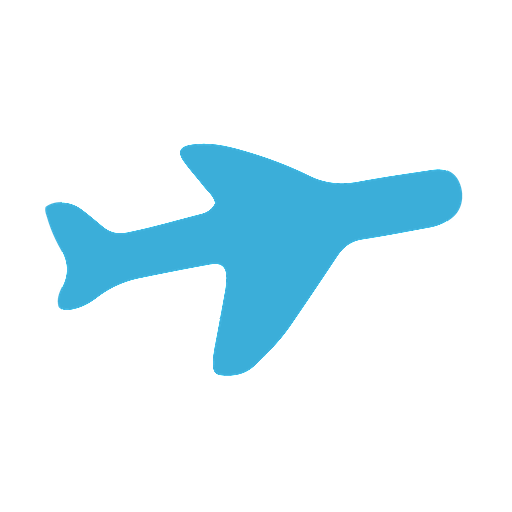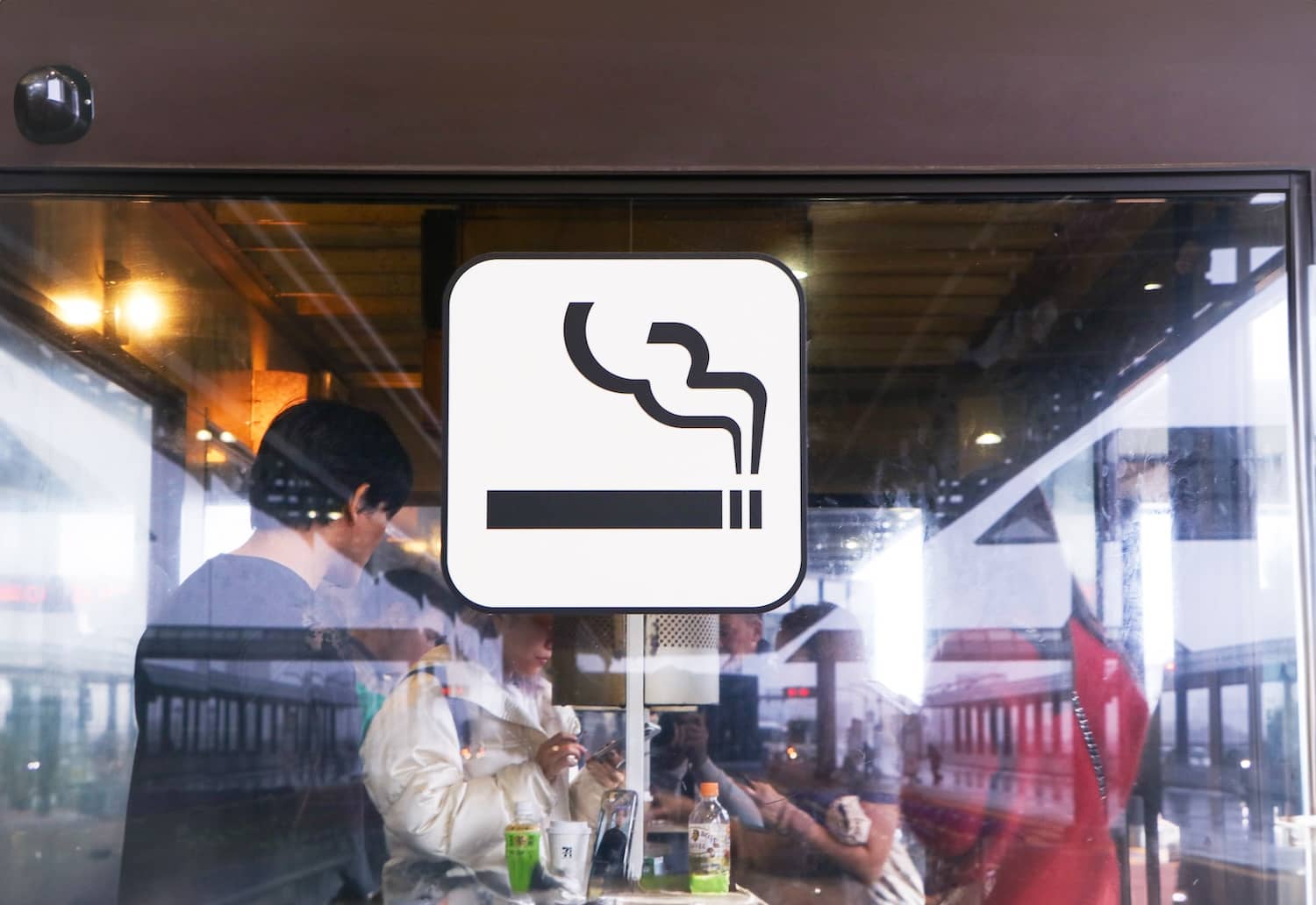Lisbon Airport Code: LIS
Important Information About The Lisbon Airport Code)

If you’re looking to plan a vacation to Lisbon, Portugal’s capital city, you most likely will be arriving in the country via a flight that lands at Lisbon Humberto Delgado Airport. When you’re browsing airline websites for tickets, you’ll notice that the airport is referred to as LIS – this is the International Air Transport Association (IATA) code that is unique to Lisbon Airport.
But what are IATA codes?
Put simply, they are three letters codes issued by the IATA that are used to identify airports around the world. The IATA is a trade association which represents many of the world’s various airlines, and therefore these codes are commonly used by all major carriers and airports.
A brief history of the IATA and its codes
The IATA was founded in April 1945 in Cuba’s capital city of Havana and it replaced the former International Air Traffic Association that had been founded in the Netherlands in 1919. Both organizations are designed to represent airlines from countries around the world.
Based on data from 2023, the IATA currently is representative of 317 different airlines from 120-plus countries, and it includes both major and smaller companies.
The organization has a number of roles, including trying to influence policies that affect the airline industry internationally and also specifically in certain countries. It does this from headquarters that are based in Montreal, which is Canada’s second most populated city. The association also has some executive offices that are situated in Geneva, in Switzerland.
One of its most prominent efforts has been issuing three letter codes to identify airports in many countries, which started in the 1930s. At that time, U.S. pilots used two letter codes to identify the places where they were flying, but this put a cap on the number of different combinations that could be used. As a result, the IATA expanded the codes to three letters and this allows for more than 17,500 different combinations, which easily covers many airports worldwide.
Information about Lisbon’s IATA code
Lisbon’s code of LIS refers to the first three letters of the city, but you’ll find that other airports are given codes that use other parts of their names. For example, New York’s John F. Kennedy International Airport has the code JFK, while the code NYC (for New York City) is used to refer to not only JFK Airport but also LaGuardia Airport and Newark Liberty International Airport.
But in Lisbon there are no other major airports that are situated close to Humberto Delgado Airport, and that’s why it is able to use the code LIS instead of HUM or something similar.
So when you are browsing the websites of your preferred airlines to plot out your holiday to Lisbon, a shortcut to finding flights is to look up the IATA code of your home country’s nearest airport and then type that in for the departure and LIS for the arrival, then select your travel dates, and this will give you estimated prices quicker than typing out Lisbon Airport in full.
Perhaps the most obvious way that you will see the use of IATA codes beyond booking airline tickets is on the tags that are printed out to attached to your checked luggage once you are the airport. These tags not only have a barcode and other identifying factors, but they will prominently include the three letters LIS on the them show where the suitcases are heading.
If you check your boarding pass for either your flight to Lisbon or back to your home country after your vacation in Portugal is over, you will also see that LIS is printed clearly on this.
Lisbon Airport Code FAQ
What is the International Air Transport Association?
Launched in 1945, it is a trade group that represents airlines from across the globe.
How many airlines does the IATA currently represent?
As recently as 2023, the IATA represented 317 airlines from more than 120 countries.
What are IATA codes?
They are three letter codes used to identify airports around the world.
What is Lisbon Airport’s IATA code?
Lisbon Airport uses the IATA code LIS.
What are the uses for Lisbon Airport’s IATA code of LIS?
The code can be used as a shortcut when searching for flights to and from Lisbon on airline websites, and it will also be printed on your checked luggage tags and your flight boarding pass.

